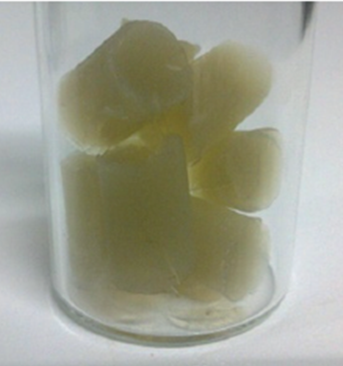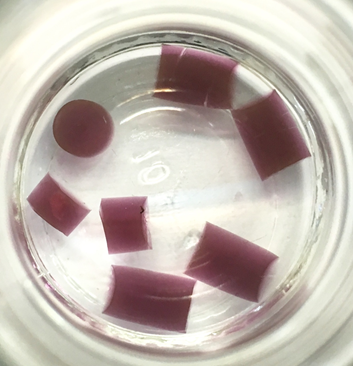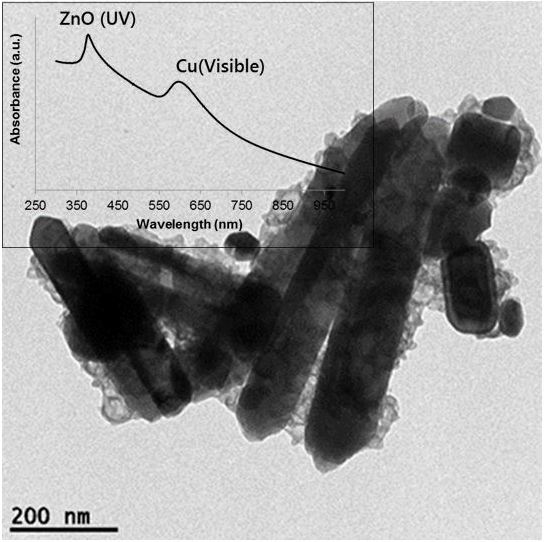Electromagnetic Activation (EEX)
As part of the energy transition, an increasing availability of renewable power is expected and therefore activating thermodynamically uphill conversions for synthesis of materials and fuels is a promising approach for the use of fluctuating surplus energy.
Our team focuses on the harvesting and integration of renewable energy with catalysis for the production and conversion of energy carriers. Using electromagnetic energy as the interface between chemistry, catalysis, thermodynamics and renewable resources, we develop and demonstrate novel conversion routes. We enjoy complementing our work with numerical tools looking to obtain insights that allow the development and design of novel reaction devices and processes.
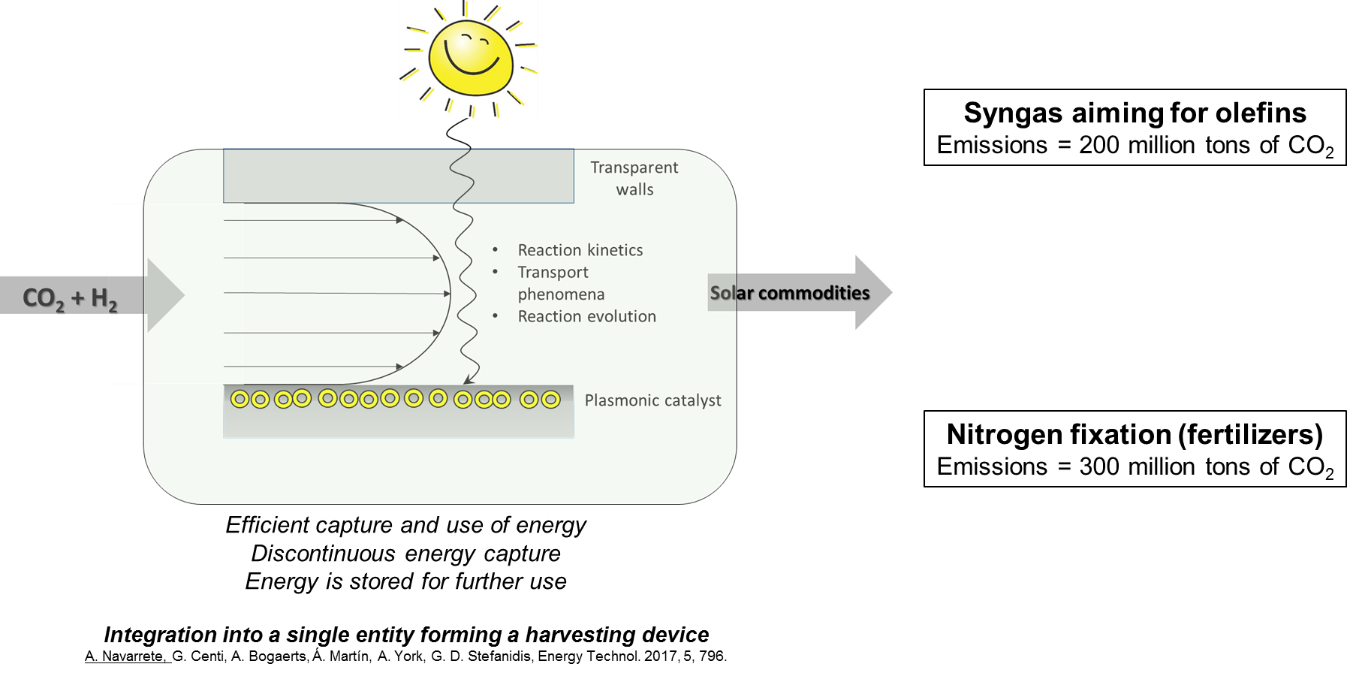
Our research overarches:
- Energy Storage. Hydrogen storage and release. Our patented technology for the release of stored hydrogen with microwaves is one example.
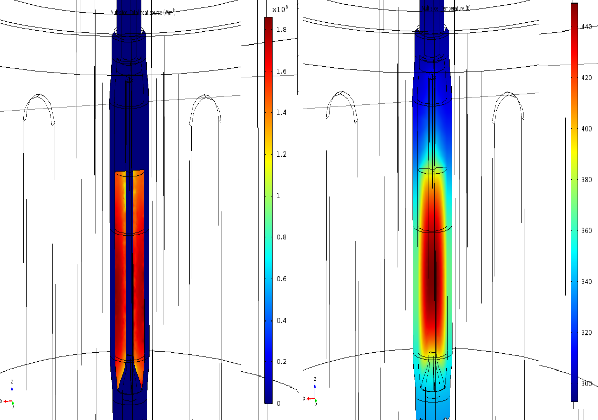
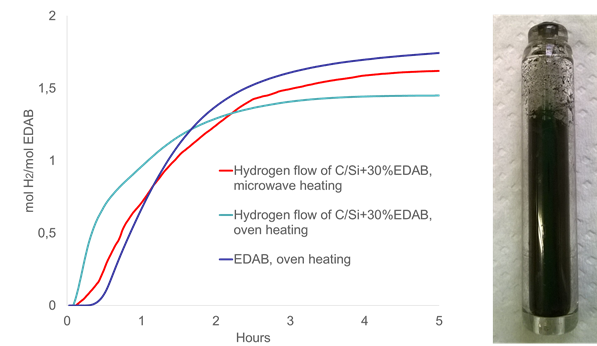
- Renewable energy harvesting. Conceptualization, design and development of devices that use green electricity or solar energy for catalytic transformations. Our plasmonic microreactor is the first continuous photoreactor capable of working under supercritical CO2 pressures (up to 120 bar).
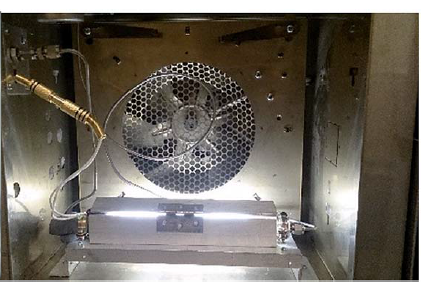
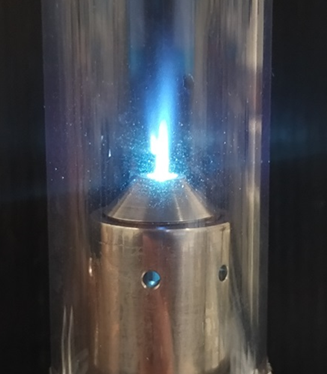
- Plasma Catalysis. As part of the KIT-PlasmaLab (collaboration with IHM) we focus on the conversion of abundant and stable molecules such as water, CO2, Nitrogen and methane into useful products.
- Novel catalytic structures. The efficient use of the electrons activated by electromagnetism requires of materials with tuneable properties. As an example in visual wavelengths, we were the first ones producing plasmonic catalysts based on transparent silica aerogels.
